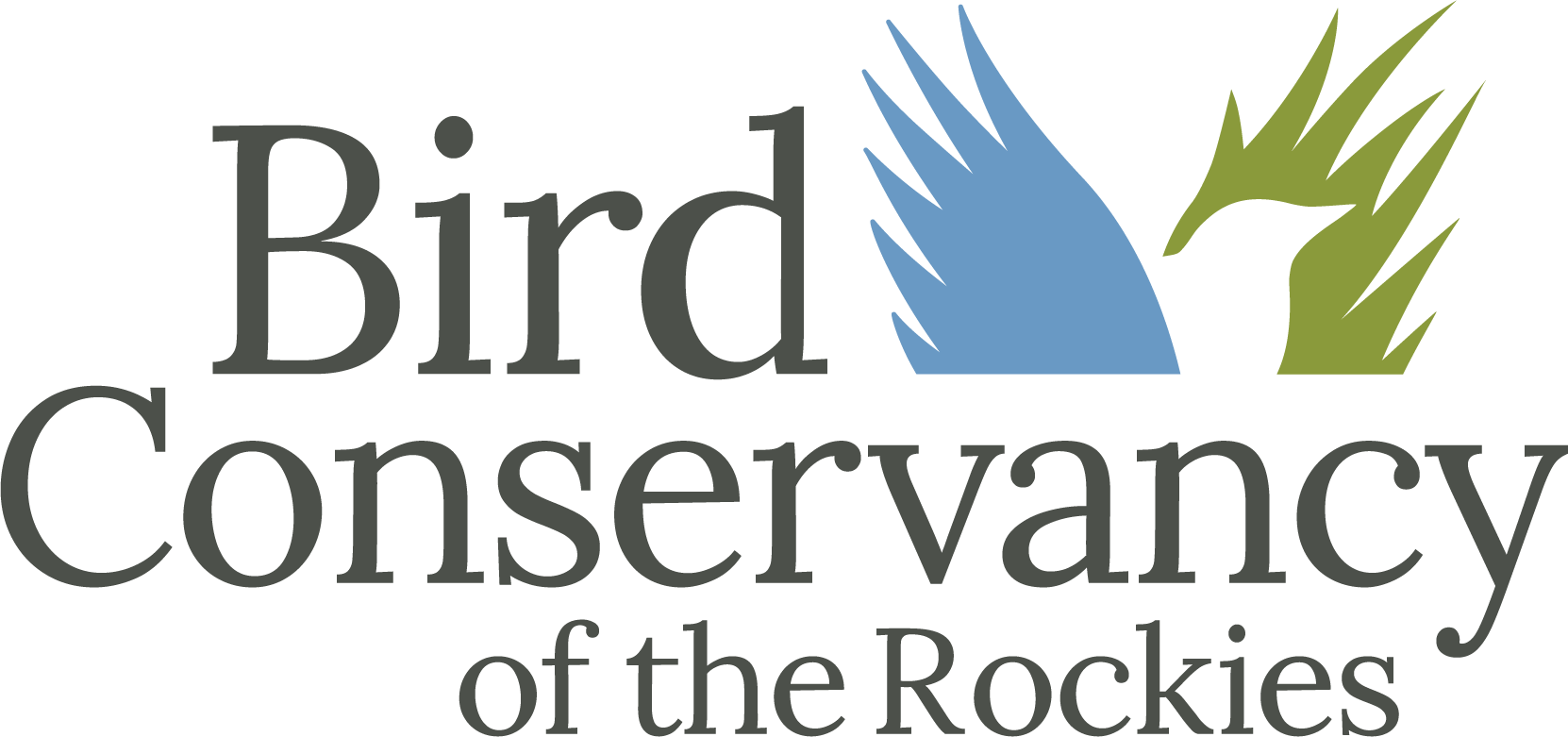Erosion is particularly detrimental to the arid grasslands of eastern Colorado, where vegetation relies heavily on efficient delivery of the little rain it receives. Even drought-tolerant plants will decline in these extreme conditions, leaving the landscape dotted with large patches of bare soil.
Driving across the plains it is easy to distinguish Conservation Reserve Program fields from original intact rangeland. The vegetation is dense and clumpy with tall stalks and layers of decomposing litter. For some birds, like a Grasshopper Sparrow or a Scaled Quail, CRP makes a significant difference; it IS habitat. For other species…
It is that time of year when weeds take over gardens and landscapes, absorbing moisture and feeding bugs. Read on to learn more about the complexities of weeds and invasive species.
In Colorado’s San Luis Valley (SLV), every drop of water is spoken for. Agencies across the state track streamflow, snowpack, irrigation water delivery, and water rights violations. Water in the west is “use or lose it”: if irrigators aren’t ready when water reaches their property, they can’t take it and store it until they are ready; they have to let it keep flowing to the next person.
With our Stewardship Team spread out through six different states it can be difficult to see the work that is being completed in person. Reports are important and provide the technical necessities of a project, but getting out with the biologist, on the ranch they are working on and seeing it come to life connects us.
Should trees be planted everywhere? In this blog our Program Manager for the Northern Great Plains, Angela, discusses the past, present and future of trees planted in a grassland ecosystem. When the right trees are planted in the right places, everything is great!
If you had to name one pollinator other than a honeybee, what would be your first guess? More bees? Well, you wouldn’t be wrong, nearly every species of bee pollinates flowers and food crops. But what about beetles? Certain birds? The winged night terrors we call bats? While there are no denying honeybees are crucial to our environment and provide us with an excellent service, the fact is, they are not native to North America.
You know the old phrase: Whiskey is for drinking; water is for fighting over. Over the two years that I’ve now been in the San Luis Valley (SLV) of Colorado, I’ve heard a lot of stories that recall that phrase. Stories of family members who no longer speak due to disagreements irrigation strategies, landowners who’ve been shot by trespassers hoping to steal water under cover of night, ranchers on their fifth year of a water court case due to a neighbor dispute. This story, however, is not one of those.
I stop what I’m doing for a moment and look up to watch a pair of circling Red-tailed Hawks. They’re smugly indifferent to my work, but their presence makes it go a little faster all the same. With the Western Meadowlarks, Lark Buntings, and Cassin’s Sparrows as a soundtrack, it’s a simply beautiful day to be outside.
One of my favorite quotes by Aldo Leopold in his book, A Sand County Almanac. A classic read for any upcoming wildlife biologist, nature-lover, or outdoors person. This quote reminds me of the well-known saying “leave it better than you found it”. A saying that had been engrained in me ever since I was just a kid playing in the river behind my house. I am fortunate that I grew up as an “outdoor kid”.


